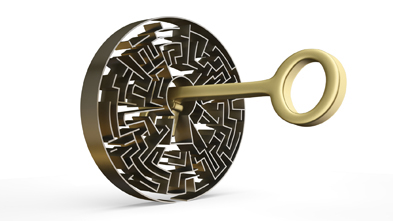
Psychogenic Non Epileptic Seizures Information
What is Video EEG Telemetry and how is it useful to make a PNES diagnosis?
New technological advances allow the doctor to monitor electrical activity in the patient's brain during epileptic events. In order to do this this, 10-20 cables are attached (with special adhesives) to the patient's scalp and the electrical activity of the brain is monitored for a specified period of time. This is known as an electroencephalogram, or EEG. More recently, the use of special cameras has been added to this procedure; this is now known as Video EEG. In this situation, the patient is connected to a traditional EEG machine, but in addition to this, he/she is placed in a hospital room that is equipped with cameras that can observe the patient throughout the EEG monitoring. This way, when the patient has an event, the doctors can look at both the brain wave data, as well the images on video of the patient's episode and see if they are consistent with either diagnosis.
• In persons with PNES there are no electrical changes in the brain at the time of the seizure (different from the epileptic seizures where many identifiable changes are seen)
• Therefore, video-EEG is the main diagnostic tool to confirm PNES